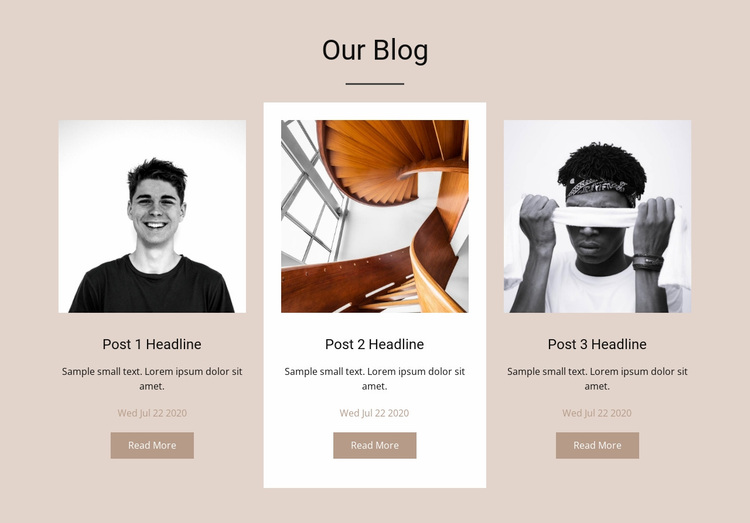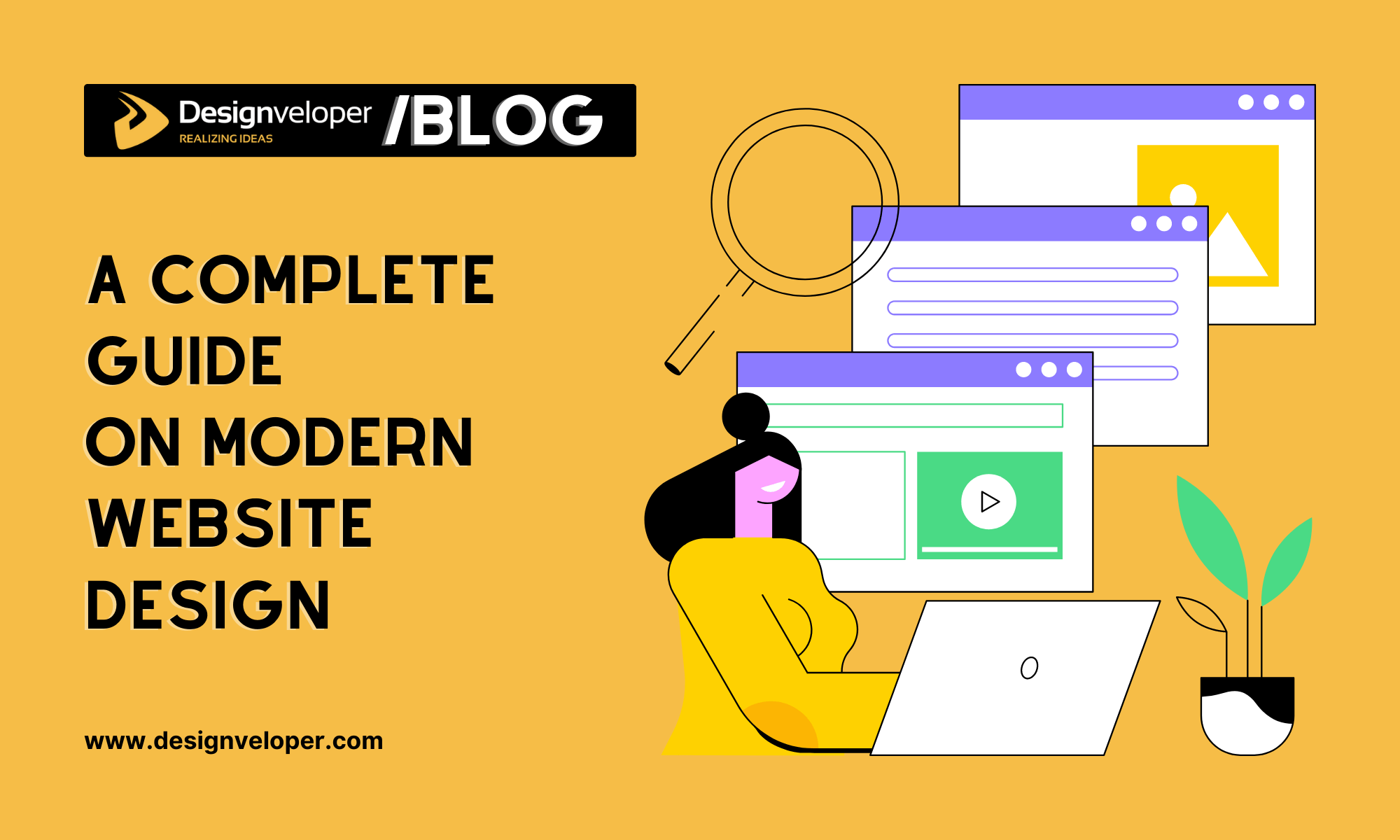Top Tips for Producing an Impactful Website Design That Transforms
To accomplish this, one must take into consideration a variety of aspects, including comprehending the target audience, prioritizing customer experience, and enhancing for mobile systems. The strategic usage of compelling call-to-actions and a distinct aesthetic power structure plays an important duty in assisting customers via their journey.

Understand Your Target Market
Recognizing your target market is basic to effective site style, as it lays the groundwork for creating an appealing individual experience. Recognizing who your users are, including their demographics, preferences, and habits, enables designers to tailor the site's content, layout, and functionality to meet particular demands.
Conducting extensive market study is critical in this process. Surveys, interviews, and analytics can offer important understandings right into customer assumptions and discomfort factors. By assembling this data, designers can produce individual identities that represent various sections of the audience, ensuring that layout decisions are informed and pertinent.
Furthermore, understanding the target market helps in picking suitable layout elements such as color pattern, typography, and images that resonate with customers. A site that speaks directly to its target market promotes a feeling of link and trust, motivating longer check outs and greater conversion prices.
Ultimately, a user-centered approach to web site design not only boosts individual satisfaction yet also supports company goals by driving involvement and commitment. By focusing on the requirements and choices of the target market, an internet site can effectively serve its function and attain wanted outcomes.
Prioritize User Experience
To enhance the general efficiency of a site, prioritizing individual experience (UX) is necessary (Website Design). A properly designed UX ensures that site visitors can browse the site effortlessly, find details quickly, and involve with content meaningfully. This leads to boosted customer satisfaction and higher conversion rates
Begin by executing user-friendly navigating. Menus should be logically structured, allowing individuals to locate key areas of the site with marginal effort. Consistency in layout aspects, such as color design and typefaces, fosters knowledge, which is critical for keeping user involvement.
Furthermore, think about the filling speed of your internet site. A delay of just a couple of secs can bring about substantial drop-offs, as users are much less most likely to wait for a slow-loading page. Simplifying photos and optimizing code can enhance performance and preserve site visitors.
By prioritizing customer experience, you not just produce a more satisfying setting for site visitors but likewise enhance your brand name's trustworthiness. Inevitably, a focus on UX is an investment in the long-lasting success of your internet site.
Optimize for Mobile Instruments
Maximizing for mobile phones is crucial in today's digital landscape, where an enhancing number of individuals accessibility sites via mobile phones and tablet computers. A mobile-friendly design not only improves individual experience yet also plays a significant duty in improving online search engine positions. To accomplish this, it is vital to take on a receptive layout that immediately gets used to various screen dimensions and orientations.

Packing speed is an additional critical aspect; mobile users are typically much less individual and anticipate quick accessibility to info. Optimize images and utilize web browser caching to improve efficiency. Ultimately, test your website on multiple gadgets and display resolutions to determine and rectify any type of prospective usability concerns. By focusing on mobile click to read more optimization, you guarantee that your site stays affordable and efficiently involves a more comprehensive audience.
Use Engaging Call-to-Actions
A web site's performance often hinges on its capacity to direct site visitors towards wanted activities, making compelling call-to-actions (CTAs) necessary parts of layout. CTAs serve as the essential factors that route users to involve with the site, whether that implies making an acquisition, enrolling in an e-newsletter, or downloading and install a source.
To develop reliable CTAs, clarity is vital. Usage succinct language that plainly interacts the activity you desire the customer to take. Expressions such as "Begin," "Register Free," or "Shop Now" not only convey necessity yet likewise get rid of ambiguity. The positioning of CTAs is just as crucial; they must be strategically placed throughout the web page to ensure they are easily noticeable, especially in high-traffic areas.
Additionally, consider making use of directional cues, such as arrowheads or pictures, to assist users towards these switches. By concentrating on these aspects, services can dramatically boost customer engagement, driving conversions and inevitably achieving their site's objectives.
Concentrate On Visual Hierarchy
Reliable internet site layout relies you can check here heavily on a well-structured aesthetic hierarchy that guides individuals via content effortlessly. By organizing aspects in a advice fashion that prioritizes details, developers can boost user experience and help with decision-making. This involves making use of size, color, contrast, and spacing purposefully to attract focus to one of the most vital elements of a webpage.
The usage of bigger typefaces for headings and subheadings develops a clear difference in between various areas, permitting individuals to scan content effortlessly. Furthermore, utilizing contrasting colors for buttons and calls-to-action can capture customer attention and motivate interaction. Whitespace is one more vital component; it protects against mess and makes it possible for customers to focus on crucial messages without disturbances.
Photos and graphics must complement the message while likewise adhering to the recognized pecking order, enhancing the total message (Website Design). Uniformity in style elements, such as color pattern and typography, further strengthens the aesthetic power structure, making navigation instinctive

Verdict
In final thought, reliable web site design necessitates a thorough understanding of the target audience, prioritization of customer experience, and mobile optimization. The tactical use compelling call-to-actions and a well-defined aesthetic hierarchy better improves user involvement. By implementing these principles, web sites can attain higher conversion rates, making certain that design elements not only draw in site visitors but likewise promote seamless navigating and communication. Ultimately, a well-executed web site layout works as a crucial part in driving customer actions and accomplishing company objectives.